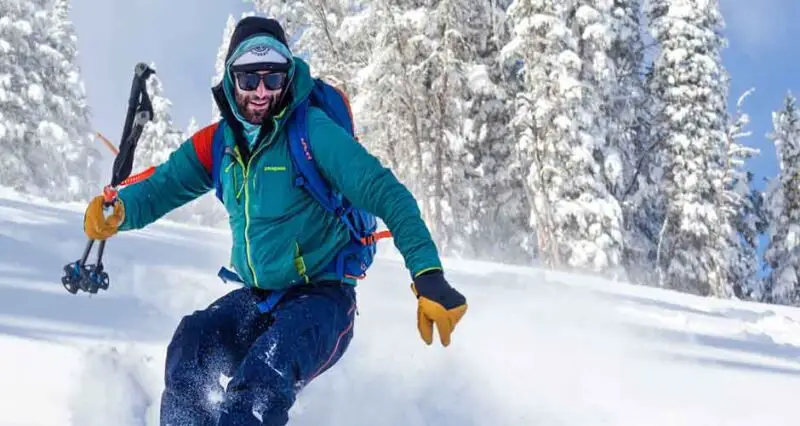
Snowboarding is more than just a sport; it’s a dynamic fusion of skill, style, and adrenaline. From navigating the steep slopes of backcountry terrain to mastering the art of freestyle tricks in the terrain park, snowboarding offers a multitude of techniques for riders to explore and master. In this comprehensive guide, we’ll delve into the diverse world of snowboarding techniques, shedding light on different styles, disciplines, and tips for riders of all levels.
Introduction to Snowboarding Techniques
At its core, snowboarding can be categorized into several distinct riding styles, each with its own set of techniques and characteristics. These styles include:
- Freestyle: Known for its creative expression and aerial maneuvers, freestyle snowboarding revolves around performing tricks in terrain parks, halfpipes, and natural features like jumps and rails.
- Freeride: Freeriding involves exploring ungroomed terrain, such as powder-filled slopes, tree runs, and steep backcountry descents, focusing on speed, agility, and adaptability.
- Alpine: Also referred to as carving or race snowboarding, alpine riding emphasizes precision turns and high-speed descents on groomed slopes, often utilizing stiff, narrow boards and hard boots for enhanced control.
- Boardercross: A competitive discipline featuring obstacle-laden courses, boardercross combines elements of freestyle and racing as riders navigate jumps, banked turns, and other features in head-to-head races.
Freestyle Snowboarding Techniques
Freestyle snowboarding is synonymous with creativity and innovation, with riders constantly pushing the boundaries of what’s possible on the mountain. Here are some fundamental techniques:
- Ollie: The foundation of many tricks, an ollie involves using the board’s flex to pop off the snow, lifting both the board and rider into the air.
- 180s and 360s: Rotational spins performed while in the air, varying in degrees from a simple 180-degree turn to more complex 360-degree rotations.
- Grabs: Grabbing the board in mid-air adds style and flair to tricks, with common grabs including Indy, mute, and stalefish grabs.
- Rails and Boxes: Sliding along rails and boxes requires precise balance and control, with riders executing tricks such as boardslide, 50-50s, and nose/tail presses.
Freeride Snowboarding Techniques
Freeride snowboarding offers the freedom to explore untouched terrain and experience the thrill of carving through fresh powder. Here are some essential techniques for mastering the backcountry:
- Powder Riding: Riding in deep snow demands a wider stance and a more centered weight distribution, allowing the board to float effortlessly over the powder.
- Tree Runs: Maneuvering through tree runs requires quick reflexes and strategic line choices, with riders navigating tight spaces and unpredictable terrain.
- Avalanche Safety: Prioritizing safety is crucial in the backcountry, with riders equipping themselves with avalanche safety gear and knowledge of snowpack conditions.
Alpine Snowboarding Techniques
Alpine snowboarding is all about precision and speed, with riders carving razor-sharp turns down groomed slopes. Here are some techniques to master the art of carving:
- Edge Control: Maintaining edge control is essential for carving, with riders shifting their weight and applying pressure to the edges of the board to initiate and maintain turns.
- Angulation: Proper body positioning, including angulating the knees and hips, helps distribute weight evenly and maximize edge grip through turns.
- Dynamic Turns: Dynamic carving involves fluid, rhythmic turns, utilizing the entire length of the board to generate speed and control.
Boardercross Snowboarding Techniques
Boardercross combines the adrenaline of racing with the technical skills of freestyle snowboarding, challenging riders to navigate a series of obstacles in a high-speed race. Here are some key techniques:
- Pumping: Pumping through berms and transitions helps maintain speed and momentum, with riders using their body weight to generate energy and acceleration.
- Jumping: Clearing jumps and rollers requires precise timing and technique, with riders adjusting their speed and trajectory to minimize airtime and maximize efficiency.
- Strategy: Strategic decision-making is crucial in boardercross, with riders analyzing course features and anticipating their competitors’ moves to gain a competitive edge.
In Conclusion
Whether you’re carving through meticulously groomed slopes, catching air in terrain parks, or venturing into the pristine powder of backcountry terrain, snowboarding in destinations like Utah presents boundless opportunities for adventure and skill development. By honing a diverse array of techniques and riding styles, snowboarders can elevate their abilities, boost confidence, and savor the thrill of conquering the slopes. So grab your board, embrace the exhilarating challenge, and set out on your quest to conquer the mountains.

